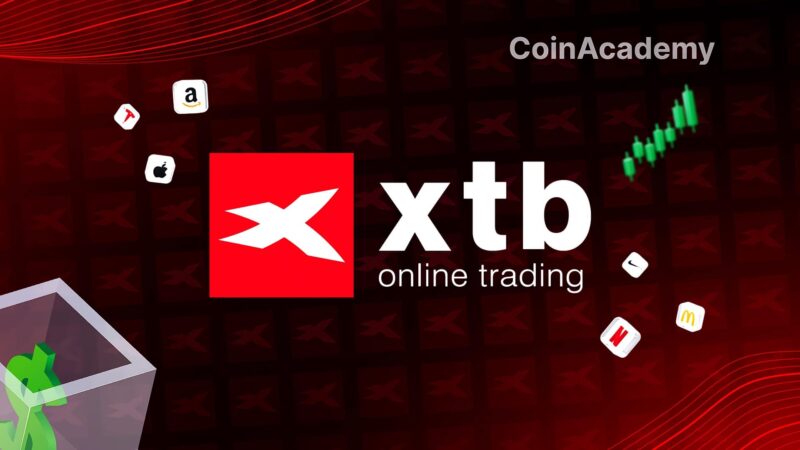Solana’s Spotlight: Exploring the Jupiter Airdrop
Solana’s ecosystem is currently in the spotlight, attracting many users who are interested in the blockchain since several protocols have announced plans to reward their active users.
In this article, we will cover the Jupiter protocol. Although the first phase of their airdrop distribution is set to take place in a few days, Jupiter plans to carry out three more airdrops, distributing a total of over 4 billion JUP tokens to their community.
“There will be more series of airdrops for new users, so stay tuned,” says developer Meow on X.
Discover how to be eligible for the Jupiter airdrop in this guide.
Key Points About the Jupiter Airdrop
- Project: Jupiter
- Token: $JUP (not yet launched)
- Difficulty: Medium
- Duration: 10 – 30 minutes
What is Jupiter?
Jupiter defines itself as a “swap aggregator” developed on the Solana network. The protocol allows users to find the best possible exchange rates when making transfers, based on dozens of different decentralized exchanges (DEX).
This means that you can save small amounts of money on each of your transactions. While this may not seem significant for small amounts, it can add up to substantial savings over time.
To learn more about Jupiter: [link]
How to be Eligible for the Jupiter Airdrop
Before diving into the details, make sure to have a Solana wallet to interact with the Jupiter protocol.
Some of the most reputable Solana wallets include Phantom Wallet, Solflare, and more recently, Backpack.
- [Install Phantom Wallet]
- [Install Solflare]
- [Install Backpack]
Next, visit Jupiter: [link]
Once on the protocol, click on “Connect Wallet” and select your preferred wallet.
Now, the idea is to interact with all the available services on Jupiter, namely:
- Swap
- Limit Order
- DCA (Dollar Cost Averaging)
- Bridge
- Perpetual (perps)
1 – Use Jupiter’s Swap
The first service we will use is Jupiter’s swap.
Start by clicking on the “Swap” tab.
Then select the tokens you want to exchange. Jupiter will automatically direct you to the exchange with the best rate.
2 – Place a Limit Order via Jupiter
The second service is called Limit Order, where you can place a limit order on the pair of your choice.
Click on the “Limit Order” tab.
Follow these steps:
- Select the token you want to sell under “You’re Selling” and the token you want to buy under “You’re Buying”.
- Enter the order amount.
- Choose the sell price at which you want the order to trigger under “Sell [token name] at rate”.
- Optional: select an expiration date under “Expiry”.
- Finalize your transaction by clicking “Place Limit Order”.
3 – Set Up DCA on Jupiter
Jupiter also allows users to create their own decentralized DCA.
Go to the “DCA” section to configure your DCA by specifying the token you want to use to buy, the token to buy during your DCA, the buying interval, and the duration of your DCA.
For example, if you want to DCA Solana using USDC, enter “USDC” under “I want to allocate” and “SOL” under “To Buy”.
4 – Use Jupiter’s Bridge
Jupiter offers the bridge service, which allows you to transfer tokens from one blockchain to the Solana blockchain.
Click on the “Bridge” tab.
Specify the blockchain from which you want to send your tokens to the Solana network under “From”. Then select the tokens you want to transfer.
Choose Jupiter’s bridge, as it offers the best price at the time of the transfer.
5 – Use Jupiter’s Perpetual Market (perps)
In this last section, we will show you how to use Jupiter’s perpetual service, which is still in beta.
Go to the “Perpetual” page.
There, you will find a detailed trading chart and a section to place your orders. Currently, only the SOL-PERPS, ETH-PERPS, and WBTC-PERPS markets are available.
After selecting one of these markets, choose “Long” to bet on an upward price movement or “Short” to bet on a downward movement.
Enter the token you want to use to invest in these perp contracts, specify the position amount, and choose the leverage level. It’s recommended not to use excessive leverage to limit the risk of liquidation.
Finally, confirm the transaction.
Important Clarifications About the Jupiter Airdrop
Now that you know how to fully interact with the protocol, there are a few important points to consider.
Firstly, the airdrop will likely be based on users’ trading volumes.
It is also important to understand that obtaining an airdrop is a time-consuming process, not a sprint. Instead of trying to do everything on the first day, spend a few minutes each day repeating the required actions.
To stay updated on the upcoming Jupiter airdrops and the development of the protocol, we recommend following the project on X.




